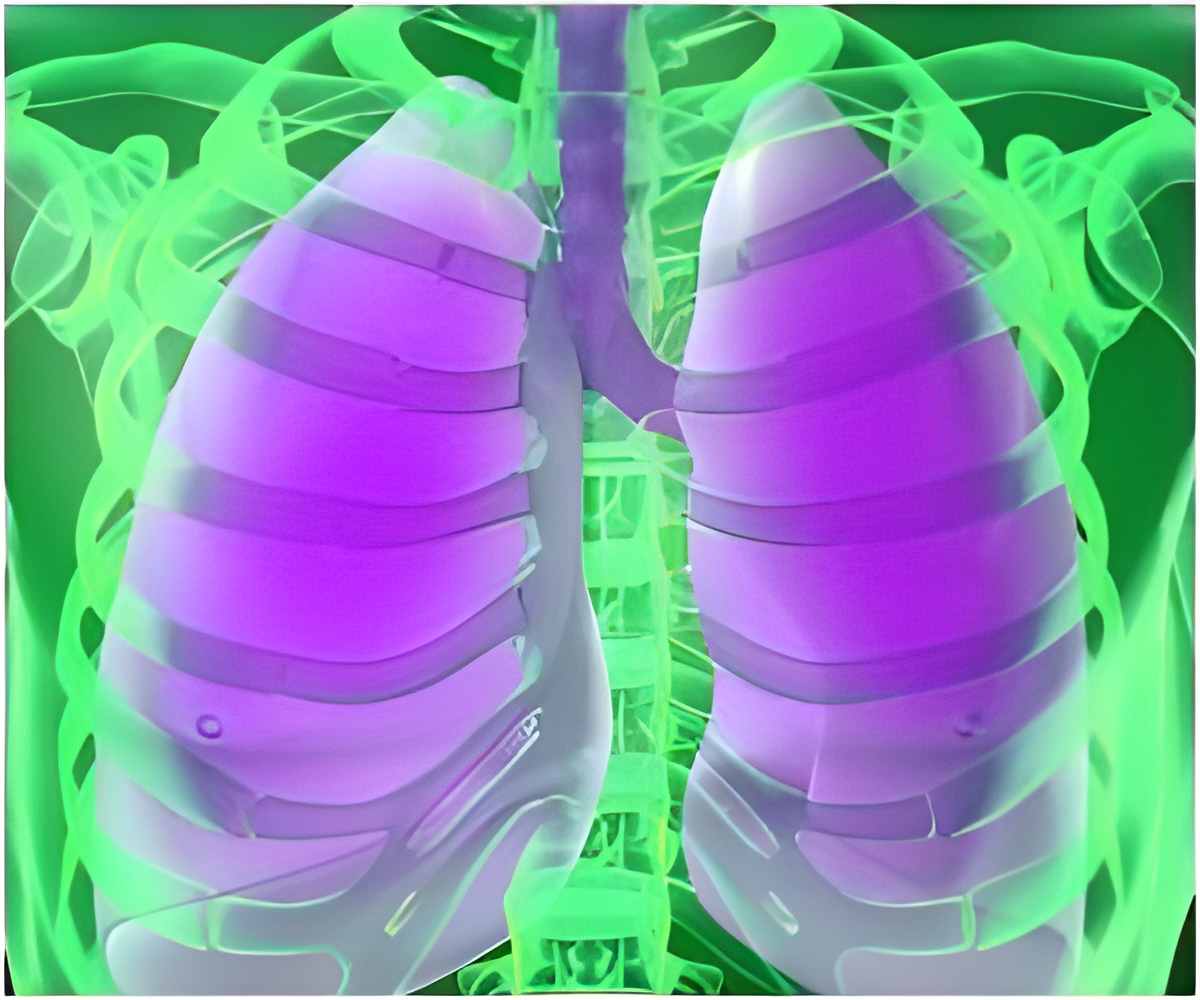
‘Interstitial fluid fills the space between cells throughout the body and contains most of the same biomarkers found in the blood. ISF lacks cells and clotting agents, which can complicate blood analysis, thereby making it an attractive target for diagnostic testing.’
Tweet it Now
Monitoring biomarkers is crucial because doctors routinely use them to diagnose and monitor patients at risk for cancer, heart disease, and diabetes. Many groups have started using ISF for diagnostic testing, but Mark Prausnitz, Ph.D., a Regents’ Professor of chemical and biomolecular engineering at Georgia Institute of Technology, thought the procedure for analyzing ISF could be simplified.
Prausnitz and his team, in collaboration with Srikanth Singamaneni, Ph.D., a professor of mechanical engineering and materials science at Washington University, used surface-enhanced Raman scattering (SERS)to speed up the analysis. This technique measures the amount of molecule by detecting its unique light scattering pattern. Negatively charged gold nanorods are incorporated into the paper on the patch’s backing and trap the positively charged biomarker of interest in the ISF.
Their results, published in ACS Sensors, show that the nanorods successfully attracted a positively charged molecule that researchers had injected into rats’ bloodstream that is absorbed in their ISF. The interaction between the nanorods and the trapped molecules amplified the Raman scattering so they could analyze it with SERS with enhanced sensitivity. The researchers reported the new procedure to be as sensitive as the previous multi-step methods.
Prausnitz said, “As a next step, we can adapt the methods we use to trap molecules in ISF to be more selective, using antibodies specific to a certain biomarker. In the future, we could create capture methods for multiple biomarkers all in the same patch.” The researchers say the patch can speed diagnostic testing, is designed to take less effort than previous methods, and can be produced in mass quantities at low cost.
Advertisement
The research was supported, in part, by a grant from NIBIB (EB025499).
Advertisement
Source-Newswise















